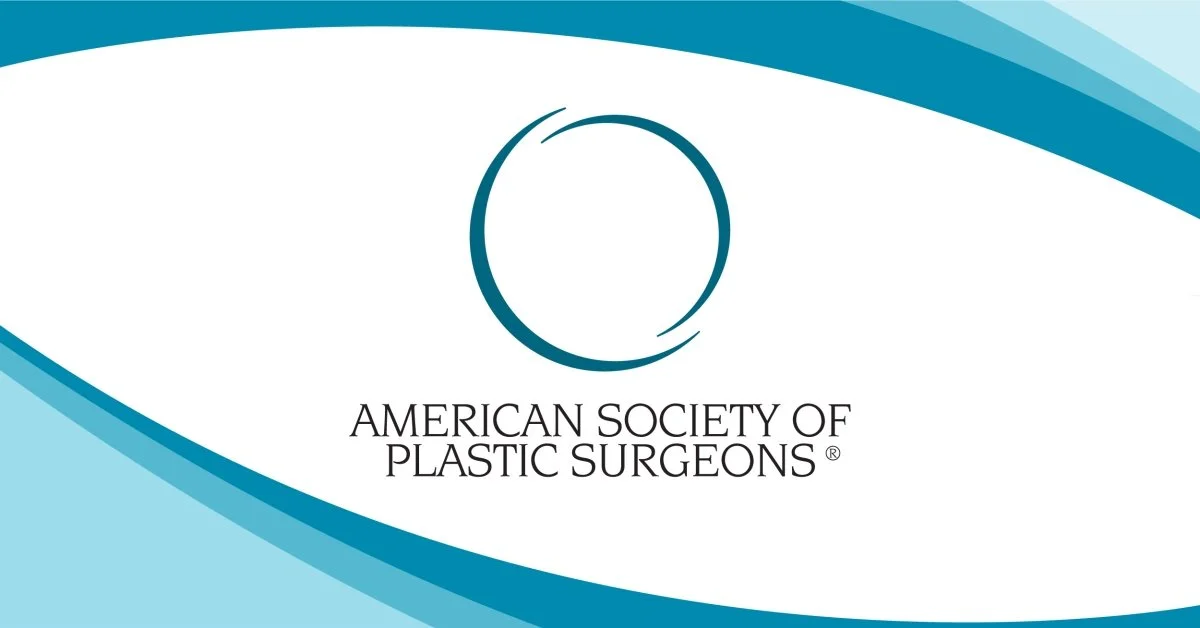review: ASPS member W. Thomas Lawrence, MD. on efforts of noone’s work
Originally published by W. Thomas Lawrence, MD
Plastic Surgery News January-February 2023
Plastic surgery is a specialty often misunderstood by lay people and even many health professionals. The stated purpose of From Trenches to Transplants: Changing Lives with Plastic Surgery is to “demystify the medical practice we know as plastic surgery.” The author, former ABPS Executive Director and The PSF past President R. Barrett Noone, MD, is particularly qualified to accomplish this task.
Dr. Noone was a practicing plastic surgeon for more than 50 years and also served in many leadership roles within the specialty. In writing this book, he chose to provide clarity regarding the specialty by reviewing its history. Although reconstructive surgical procedures were performed as early as 1000 B.C. in India, plastic surgery only developed as a defined surgical specialty after World War I. It has, therefore, only existed for slightly more than a century. Dr. Noone utilizes firsthand experiences to relate the most-recent half of the specialty’s history in a personal, almost biographic manner. Much of the information related to the earlier years of the specialty was gleaned from conversations Dr. Noone had during his initial years in practice with Robert Ivy, MD. Dr. Ivy was a founding member of what’s now the American Association of Plastic Surgeons, the first plastic surgery organization. Dr. Ivy’s memories are supplemented by discussions with Joseph Murray, MD, the only plastic surgeon to win the Nobel Prize, and several other early leaders of the specialty. These personal perspectives on the specialty enliven the history and make the book extremely readable and entertaining.
An early chapter describes the critical role World War I played in the genesis of the specialty. Facial deformities, often generated by shrapnel injuries, created challenges rarely experienced previously by the surgeons trying to return injured soldiers to fruitful lives. Surgeons interested in these problems provided the core of individuals that ultimately developed the specialty. Later chapters discuss how World War II provided another large influx of patients with challenging reconstructive problems. The U.S. Army established Valley Forge General Hospital as a center for surgical reconstruction during the latter stages of the war. The unit was directed by James Barrett Brown, MD, and served as an incubator for the development of many in the next generation of skilled plastic surgeons, as well as new reconstructive techniques.
Early studies in tissue transplantation carried out there were applied by Dr. Murray in the first kidney transplant, which he performed upon returning to Boston from Valley Forge after the war. In subsequent chapters, Dr. Noone describes his own path into the specialty, and his own experiences treating patients with many different types of problems. In each chapter, he recounts the stories of specific patients – often accompanied by photographs – and then describes the treatment he provided. After initially focusing on his own patients, he discusses composite tissue transplants carried out more recently by colleagues, highlighting the continued innovation in the specialty.
The epilogue describes one of Dr. Noone’s last patients, a personal friend and University of Pennsylvania colleague, whose last years of life were significantly improved by a series of relatively simple, but well-planned procedures, carried out with local anesthesia alone. This patient’s story highlights the fact that not all problems require extremely complex solutions. Seasoned plastic surgeons might already be aware of much of what’s discussed in From Trenches To Transplants. Nevertheless, I believe that they, like medical students and plastic surgery residents, will still enjoy the book. The nonmedical audience, to whom the book was directed, is very likely to gain an increased level of respect and appreciation for our specialty. With this volume Dr. Noone accomplished his goal of demonstrating that plastic surgery unquestionably provides great benefit for its patients.
